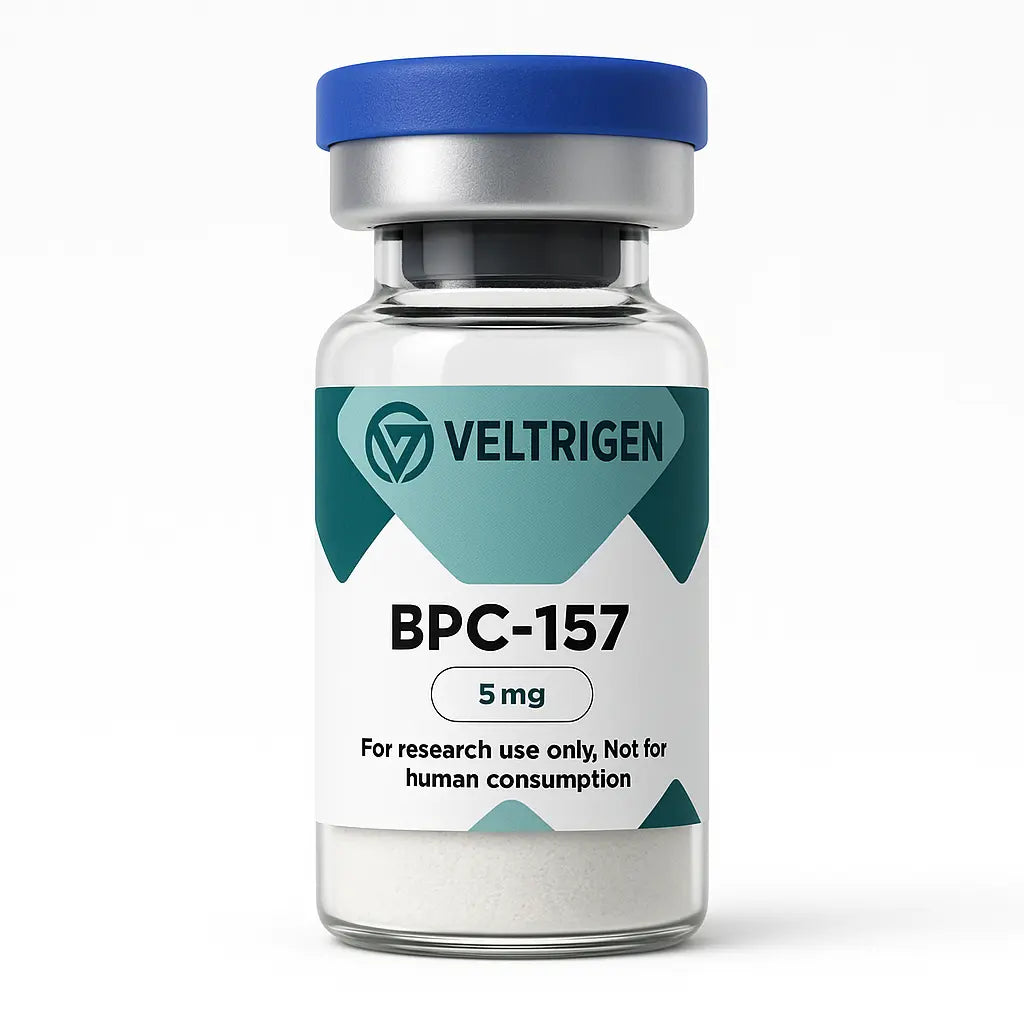
BPC-157: A Research Peptide with Wide Experimental Potential
Share
BPC-157 (Body Protection Compound-157) is a synthetic peptide derived from a naturally occurring protein found in gastric juice. Over the past several years, it has gained interest across the scientific community for its potential biological activity in preclinical models. Researchers are exploring its applications in areas ranging from cellular regeneration to inflammation modulation, with early findings suggesting that BPC-157 may be a versatile subject for laboratory study.
What Is BPC-157?
BPC-157 is a pentadecapeptide (15 amino acids in sequence) belonging to a class of research peptides studied for their interactions with tissue repair and angiogenesis. Unlike many peptides that degrade rapidly, BPC-157 demonstrates strong stability in gastric juice, which has made it an appealing target for ongoing laboratory experiments.
Key Areas of Research
1. Tissue Regeneration Models
Laboratory studies have examined BPC-157 in models involving muscle, tendon, and ligament tissue. In these environments, researchers noted enhanced healing responses, suggesting that the peptide may influence fibroblast activity and angiogenic processes.
2. Inflammation Pathways
BPC-157 has been tested for its role in modulating inflammatory signaling. Research indicates it may downregulate pro-inflammatory markers while upregulating protective responses, positioning it as an experimental compound of interest in inflammation-related studies.
3. Angiogenesis and Blood Vessel Growth
Preclinical findings highlight BPC-157’s apparent ability to stimulate the growth of new blood vessels. This angiogenic property makes it a candidate for further research into recovery processes and vascular support in animal models.
4. Neurological Exploration
Emerging studies suggest BPC-157 may interact with the central nervous system. Early preclinical models hint at potential influence over serotonin and dopamine pathways, although much more research is required to clarify these findings.
Advantages for Researchers
-
High Stability: Resistant to enzymatic breakdown in gastric environments.
-
Versatility: Studied across multiple systems — musculoskeletal, gastrointestinal, neurological.
-
Broad Preclinical Literature: Expanding library of studies available for academic review.
Compliance and Research Use Only
It is critical to emphasize that BPC-157 is a research chemical, not approved for human consumption, medical use, or diagnostic purposes. All findings to date are limited to laboratory and preclinical models. Researchers should handle BPC-157 under controlled laboratory conditions and in accordance with all applicable laws and guidelines.
Conclusion
BPC-157 continues to be a peptide of growing interest in the scientific community. From tissue regeneration models to inflammation studies, its wide-ranging potential makes it a valuable compound for ongoing laboratory research. As more data emerges, BPC-157 is likely to remain at the forefront of peptide research.